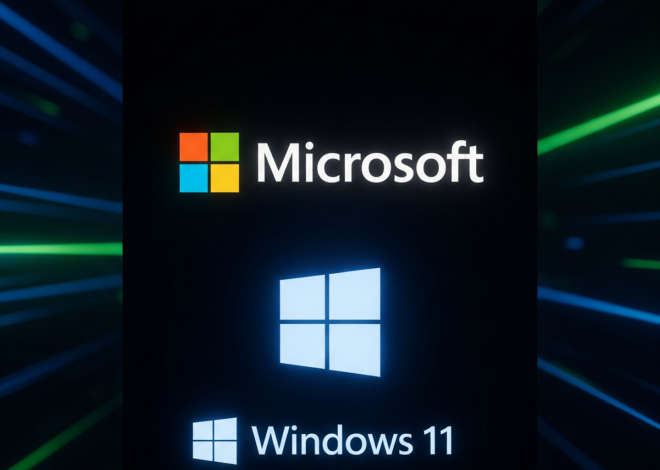Cardano-Bitcoin Bridge: A Leap Toward True Bitcoin DeFi?
The cryptocurrency landscape is poised for a significant shift with the upcoming Cardano-Bitcoin bridge. This innovative bridge, built on the Grail protocol, represents a pioneering effort to merge the best of both worlds: Cardano’s robust blockchain infrastructure and Bitcoin’s unparalleled security.
A New Frontier in DeFi
Announced on October 24 by Emurgo, Cardano’s development team, in collaboration with BTCOS, the bridge is envisioned as a foundation for decentralized finance (DeFi) applications that leverage Bitcoin’s security. Cardano founder Charles Hoskinson hinted at this future in a now-deleted X post, suggesting that Bitcoin developers could create hybrid applications using Cardano’s Aiken programming language, with transaction fees payable in Bitcoin.
Skepticism and Assurance
The concept of securing DeFi apps with Bitcoin has met with skepticism, primarily due to past failures of Bitcoin layer-2 solutions that restricted users’ ability to withdraw Bitcoin independently. However, the Grail protocol aims to overcome these hurdles by allowing Bitcoin users to withdraw from Cardano without the need for validator consent. This capability is a significant step forward, promising greater autonomy and security for users.
Technical Innovations and Challenges
The Grail protocol draws inspiration from BitVM, a concept proposed by developer Robin Linus in 2023. BitVM suggested using a server to commit binary data for running simple games on Bitcoin. Grail enhances this idea by incorporating zero-knowledge (ZK) proofs, reducing the data stored on Bitcoin and simplifying the system’s complexity. This approach ensures users can deposit Bitcoin into the layer-2 network without relying on its security, mitigating risks of malicious takeovers of Cardano nodes.
The Road Ahead
Despite the promising technology, developing hybrid DeFi applications on this bridge will require substantial effort. Hoskinson emphasized that developers need to learn Cardano’s Aiken language, a task requiring significant training and development time. Unlike Ethereum DeFi apps, which primarily use Solidity, these new applications must be built from the ground up, indicating a lengthy development process.
Security and Future Prospects
Edan Yago, co-founder of BTCOS, acknowledged that while the Grail system is secure, it is not infallible. Complete control by malicious actors over all nodes could still block withdrawals, but this is a tougher security breach compared to Bitcoin’s reliance on the majority of honest miners. Yago highlighted the need for such robust security, given the vast capital in Bitcoin.
An alternative to Grail, OP_CAT, also aims to secure DeFi apps on the Bitcoin network. However, it requires a soft fork of Bitcoin node software, a move some nodes are hesitant to adopt. Despite this, StarkWare CEO Eli Ben Sasson predicts OP_CAT’s implementation within a year. Yago, however, warns that OP_CAT might complicate transactions and does not substantially alter the security assumptions of the bridge.
Conclusion
The Cardano-Bitcoin bridge is a groundbreaking development in the DeFi space, potentially unlocking vast Bitcoin reserves for decentralized applications. While challenges remain, the promise of a secure, user-friendly bridge could pave the way for more robust and integrated DeFi ecosystems, heralding a new era of cryptocurrency innovation.


